K-12 & Homeschooler Resources
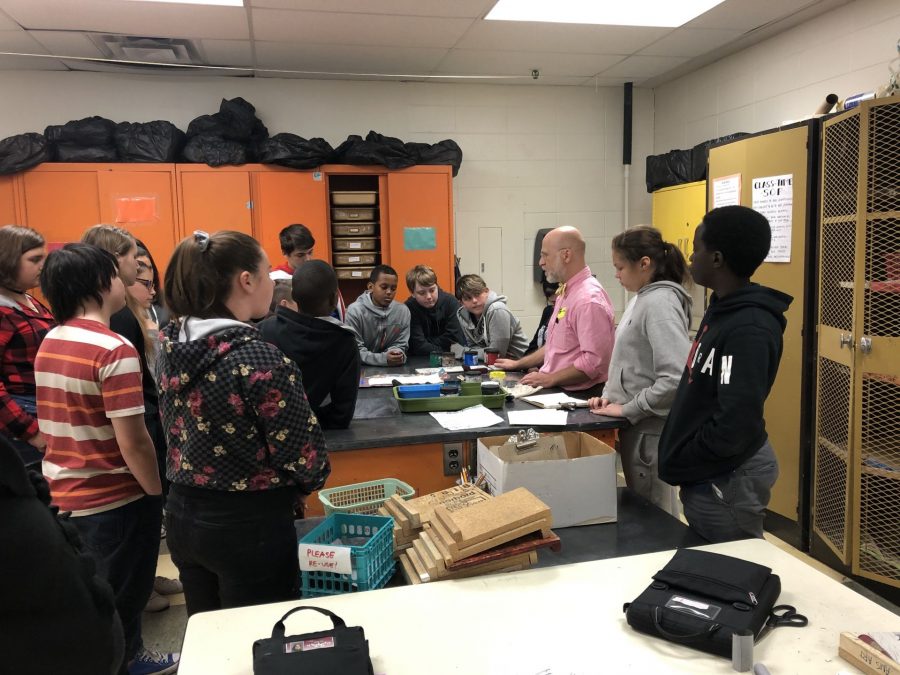
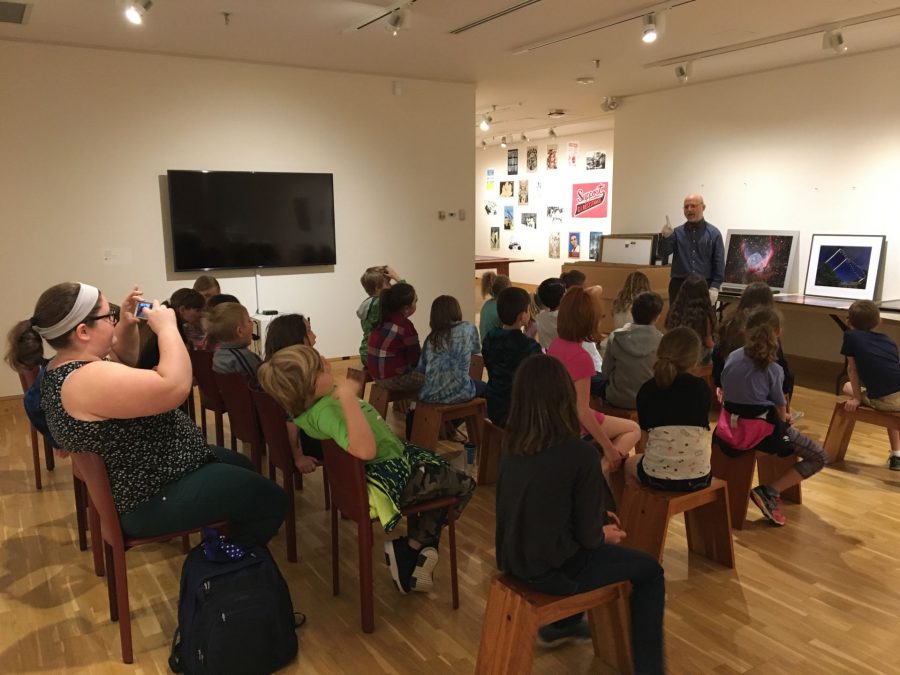
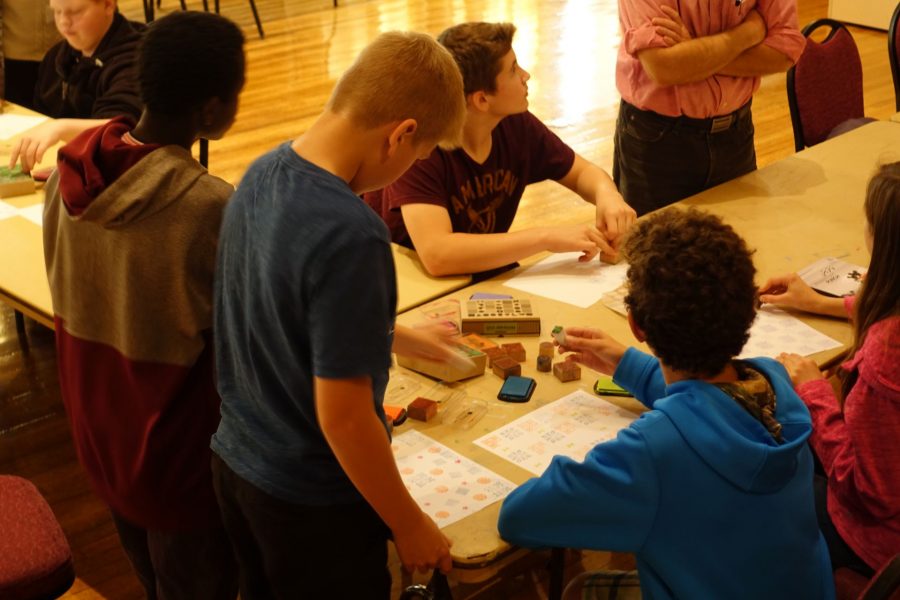
Teachers of all subjects are welcome to utilize the museum’s collections and exhibitions for arts-based learning. Here are just some of the subjects and topics for which our collections are ideal resources:
- Astronomy & ecology
- Propaganda posters & political cartoons
- Writing skills
- International refugees, civil rights, & human migration
- Ancient Americas, medieval Japan, & shamanic ritual objects
- Historical persons & Maine studies
+Lesson Plans
+The Thousand Words Project
The Thousand Words Project (TWP) teaches writing skills through an exploration of the analogous processes of creating art and writing, using a series of powerful videos featuring interviews with a variety of writers and artists. Designed especially for grades 7 and 8, this NEA award-winning program is useful for anyone around the globe wanting to learn to write more effectively. TWP can be used in the classroom through our convenient web resource, or combined with visits to the museum so students can encounter real works of art and compare that experience with seeing mere reproductions of them.
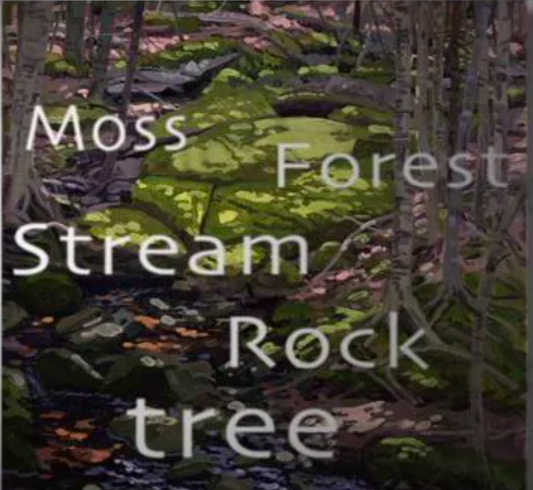
Learn more about TWP at ThousandWordsProject.org.
Contact the Education Curator with questions about TWP.
+Interdisciplinary Lessons
Environmental Studies: Major Themes
Writing Poems Inspired by Art
Curating an Art Exhibition
Wabanaki Place Names
+Schedule an Exhibitions Tour and/or Collections Viewing
Exhibitions Tour
Viewings of exhibitions can be dynamic additions to your courses, with students able to experience dramatic installations of thematically related artworks. The curators can be on-hand to lead discussion about the exhibition, or to merely assist with scheduling your visit, at your preference.
To assist you, the Education Curator will need your name; your school, grade, and number of students you would like to bring; the exhibition/s you would like to explore; and the dates and time of day you are most interested in.
Collections Viewing
Did you know that the collection includes noted 21st century artists, and also works by Marsden Hartley; Cézanne; Dürer; Kollwitz; Picasso; Pre-Columbian, African, and Asian art; and more? Being able to see artworks up close can be a dynamic complement to both your coursework and your extracurricular interests. The museum’s education staff can be on-hand to lead discussion about the objects in our collection or to merely present them, at your preference. To support teaching and learning at Bates, the Museum of Art’s permanent collection of over 8,000 objects is now available and searchable online. Please keep in mind, the database is not complete; it is an ongoing project.
Please fill out this form to request a visit time.
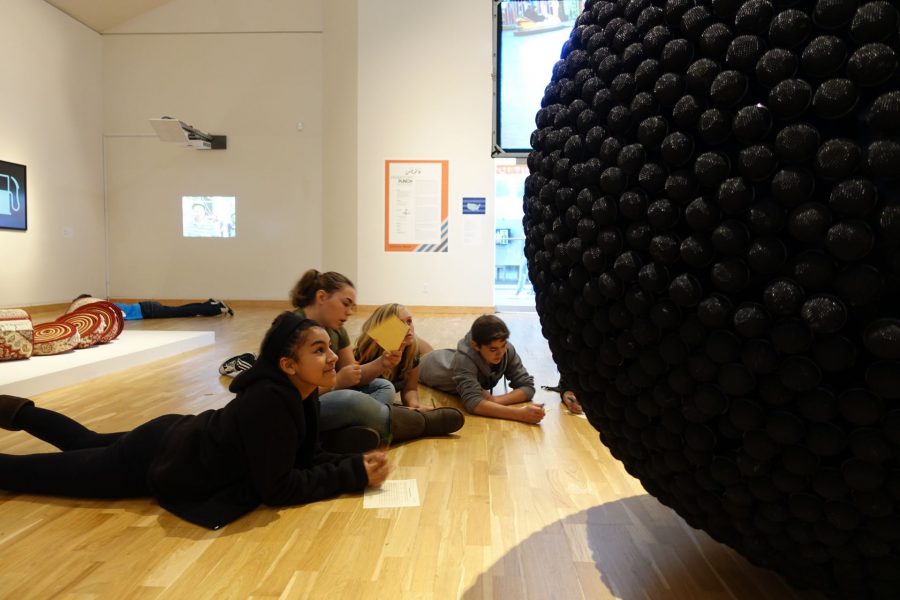

+Explore our Collections
To support teaching and learning, the Museum of Art’s permanent collection of over 8,000 objects is now available and searchable online. Please keep in mind, the database is not complete; it is an ongoing project.
The collection’s strengths include the Marsden Hartley Memorial Collection, modern and contemporary works on paper, select holdings of pre-modern prints, contemporary Chinese art, Pre-Columbian art, African art, and works by Maine artists and artists of national and international significance working in Maine.
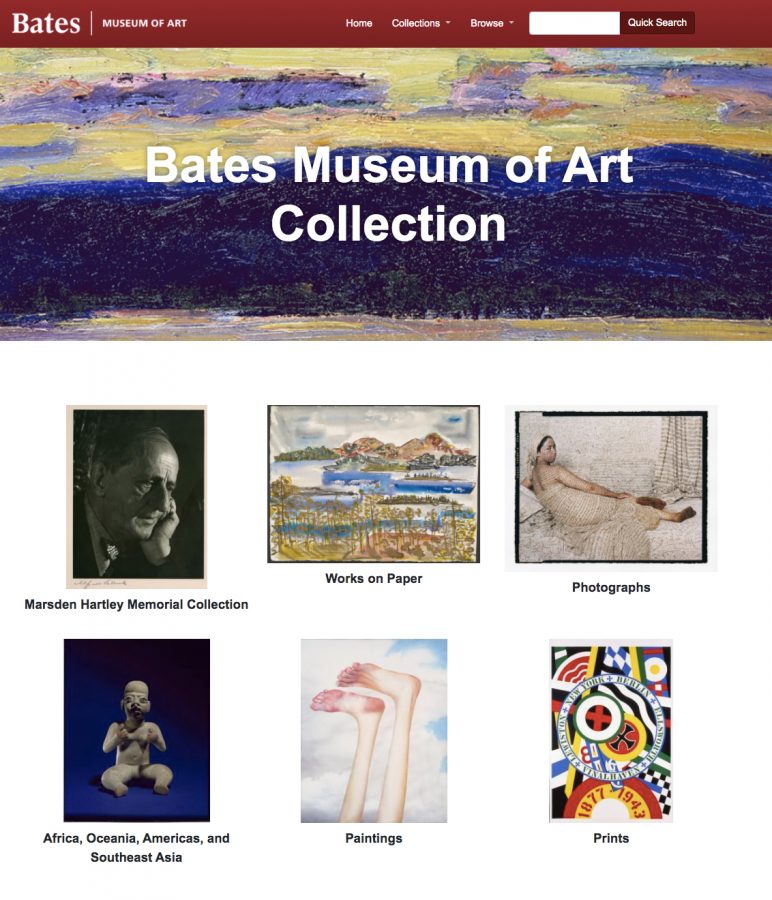
If you are conducting research and would like to request more information about object records, please contact our Assistant Collections Manager/Registrar, Corie Audette, at caudette@bates.edu.
Click here for more information about features and use of our online database.
To view the Museum’s online collection, please visit museum.bates.edu.
+Schedule a Collections Viewing
Did you know that the collection includes noted 21st century artists, and also works by Marsden Hartley; Cézanne; Dürer; Kollwitz; Picasso; Pre-Columbian, African, and Asian art; and more? Being able to see artworks up close can be a dynamic complement to both your coursework and your extracurricular interests. The museum’s education staff can be on-hand to lead discussion about the objects in our collection or to merely present them, at your preference. To support teaching and learning at Bates, the Museum of Art’s permanent collection of over 8,000 objects is now available and searchable online. Please keep in mind, the database is not complete; it is an ongoing project.
Contact the Education Curator now to begin planning your visit.
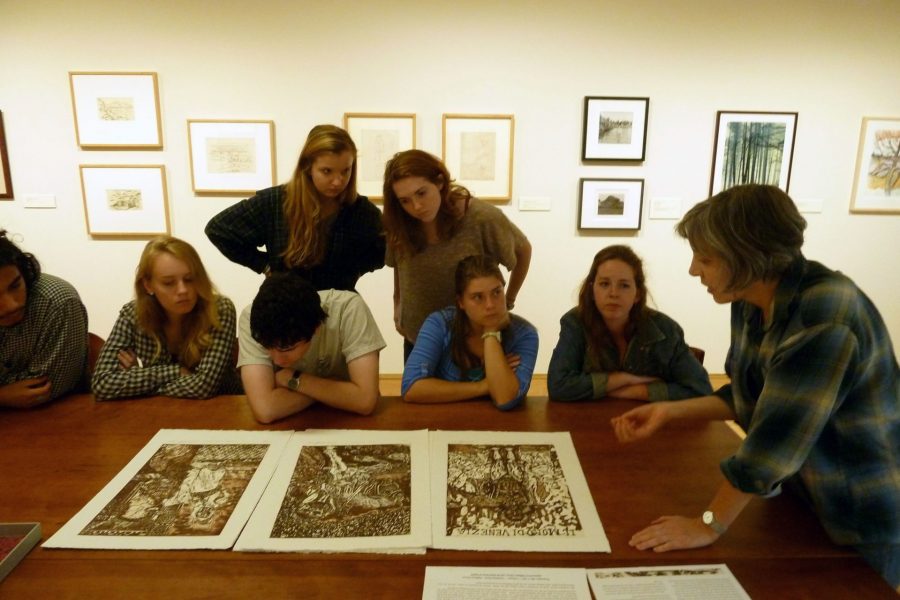
+Museum Events
The museum’s diverse program of events and activities complement our exhibitions and collections and are almost always open to the public, free of charge. We look forward to meeting you at one of our events! If you plan to connect one of our events to your teaching, please contact our Education Curator so that we can be best prepared for your students.
Explore our schedule of events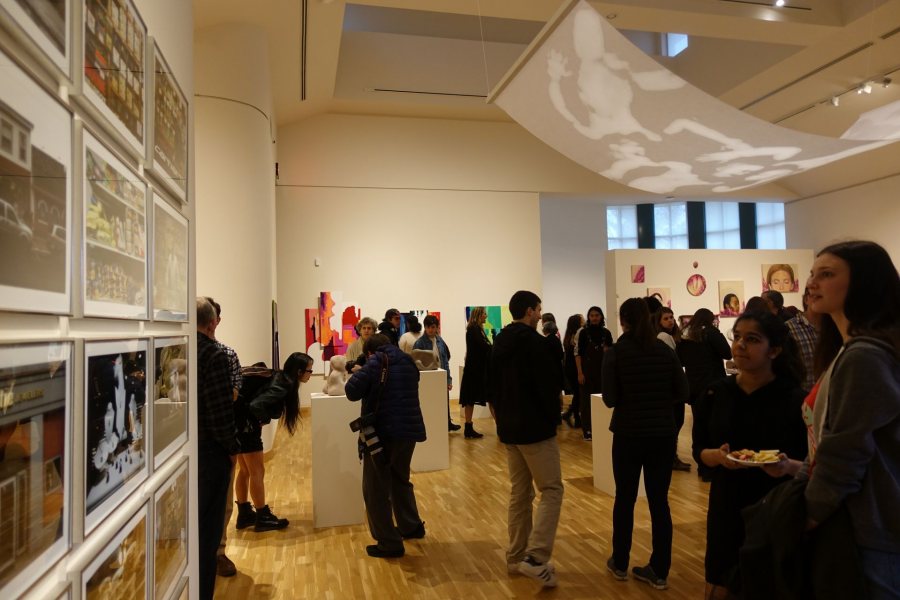
+Museum Rules
Unless otherwise specified, photography without a flash is allowed in the museum, and food and drink are not allowed. Visitors are asked to leave bags and other large items with the gallery attendant.
The museum reserves the right to dismiss anyone who its staff deem are being disruptive or who are endangering the safety of other guests, the staff, or the artwork. Parents and guardians of young children are expected to help their children act appropriately in the museum.
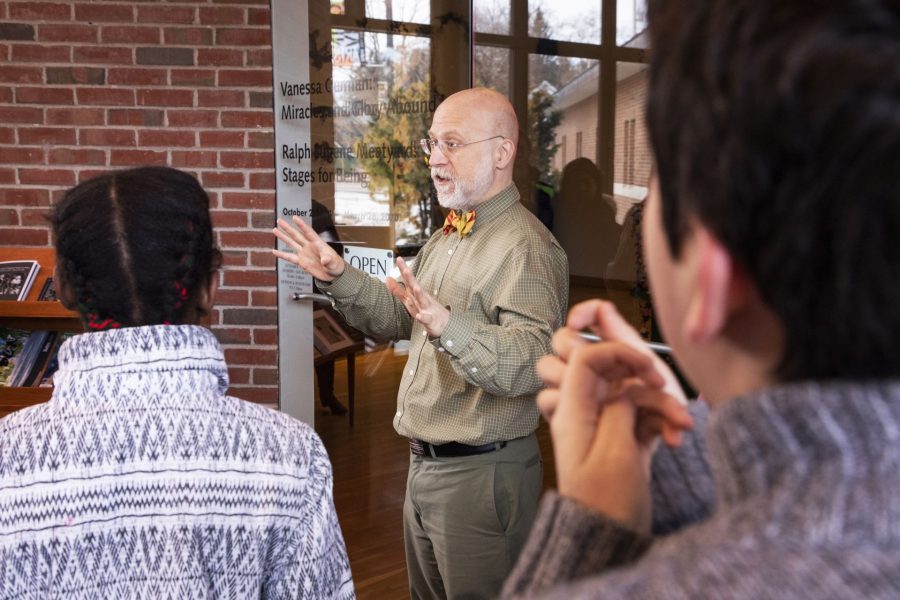
+Frequently Asked Questions
VISIT
+Is there an admission fee?
No, the museum is free and open to everyone.
+How can I learn more about Museum of Arts events?
There are many ways! Visit our Learn & Explore, Current Exhibitions, and Upcoming Events pages, ask to receive our Museum News email, like us on Facebook, follow us on Instagram, and Become a Friend of the Museum.
+How do I schedule a tour for a campus, school, or community group?
Contact us at museum@bates.edu to inquire about tours (type “Tours” in the subject). Guided group tours are available by appointment.
+Can I bring food or beverages into the galleries?
No. Food and beverages are allowed in the atrium, but not in the galleries.
+Are baby strollers allowed in the museum?
Yes. We encourage families to visit!
PHOTOGRAPHY
+Is photography permitted in the museum?
Visitors are allowed to take non-flash photographs. On occasion certain exhibitions have photography restrictions, which are identified on wall labels and at the visitors’ service desk. Photography for commercial use or distribution is prohibited.
Professional photography requests
Exhibitions: To request a professional shoot for press or educational purposes, or to request high resolution art and exhibition images, contact museum@bates.edu (type “Exhibition Photography Request” in the subject).
Collections: To request a digital image of a work in permanent collection, contact museum@bates.edu (type “Collections Photography Request” in the subject).
ACCESSIBILITY
+Do you have resources for people with physical challenges?
Yes. Please inquire at the Front Desk in person or at 207-786-6158.
+Is accessible parking available?
Yes, there are accessible parking spots off of the circle in front of the Olin Arts Center/Museum entrance.
+Are service animals permitted in the museum?
In accordance with titles II and III of the ADA, the Museum welcomes service dogs only. Service dogs must be housebroken as well as harnessed, leashed, or tethered to their accompanying individual.
ART SERVICES
+Can you recommend someone to restore/repair artwork?
The Museum cannot endorse specific conservators. Excellent information about selecting a conservator is available on the American Institute for Conservation’s website. To learn about what questions to ask regarding the most current conservation methods, click here.
+Can you recommend where to get my art framed?
There are many matting and framing businesses in Maine from which to choose. We cannot recommend any specific one but if you wish to search for one, type “Maine Framers” in a web browser. To learn about framing and art care, click here.
+Can you tell me the value of my art?
The Museum cannot identify, authenticate, or appraise works of art from private collections, or recommend appraisers. The following online resources may be useful:
The Getty Research Institute’s Appraisal Research Guide
The Smithsonian American Art Museum Research Guide
+What is the best way to move a large work of art?
Moving large works of art is best handled by an experienced fine art shipper.
For crating or shipping in Maine, search “Maine Fine Art Shipping” on the web.
For crating or shipping in New England, consult the New England Marketplace.
For national/international services, consult the American Alliance of Museums Marketplace. The Museum does not endorse specific art handling and shipping companies.
EXHIBITIONS AT THE MUSEUM
+Does the Museum exhibit student work?
Yes. each year, the Museum collaborates with the Art & Visual Culture department to present the Annual Senior Thesis Exhibition. Click here for a link to a recent thesis exhibition.
+How do I exhibit my art at the Bates Museum of Art?
Thank you for your interest in the Museum. While we welcome submissions for consideration, we recommend that prior to submitting you consider the Museum’s mission, educational programming, and current and past exhibitions in order to determine whether your submission is a match with our program. Museum exhibitions are closely tied to Bates College’s curriculum and education needs, and are typically planned several years in advance. Most exhibitions are curated by Museum staff or invited guest curators, and being a small museum, we seldom have available slots to entertain unsolicitated submissions. Because of the volume of unsolicitated proposals we receive, the Museum cannot return artists’ materials.
The Museum will not accept actual works of art for consideration.
+How do I exhibit my collection at the Bates Museum of Art?
Thank you for your interest in the Museum. We recommend that you visit the Museum’s website and review the Collection, Exhibition, and Programming pages in order to determine whether your collection is a match with our program. Then contact the director or curator at museum@bates.edu with information about your collection, so they may be informed about your collection prior to contacting you.
COLLECTIONS
+Does the Museum buy art?
The Bates Museum of Art continues to strengthen its collections through select purchases and gifts of works of art. The director and curatorial staff regularly review collections and set priorities for acquisitions. The Museum buys art from galleries, dealers and auction houses, and occasionally from individuals, and rarely makes purchases from unsolicited proposals. If you are considering sending a purchase proposal, we recommend that you first visit the Museum’s website and review the Collection, Exhibition, and Programming pages to familiarize yourself with the Museum. Purchase offers should be addressed to the attention of the director or curator at museum@bates.edu.
+May I speak with a curator?
The Museum’s staff is small, but curators are happy to answer questions about the collection, donations of works of art, and other topics related to the Museum’s holdings and exhibitions. Please contact us first by email at museum@bates.edu.
+How may I donate my art collection to the Museum?
The Museum welcomes all offers of gifts of works of art. Potential donors may contact the director or curatorial staff about their intentions to offer a gift. If the potential gift matches collection needs, we may ask the prospective donor to provide information about the work or works being offered, as well as images (digital .jpg images or snapshots are fine). The staff will consider, among other criteria, quality, and whether each work of art is appropriate for the collection. If the gift is accepted, the donor will be asked to fill out a deed of gift, to transfer ownership. For appraisals of charitable donations of works of art, check with your tax preparer or accountant for the proper procedure and paperwork required by the IRS, and refer to the Appraiser question under Art Services. If the work being offered does not fit the Museum’s collecting needs, the gift will be declined.
+Contact the Education Curator
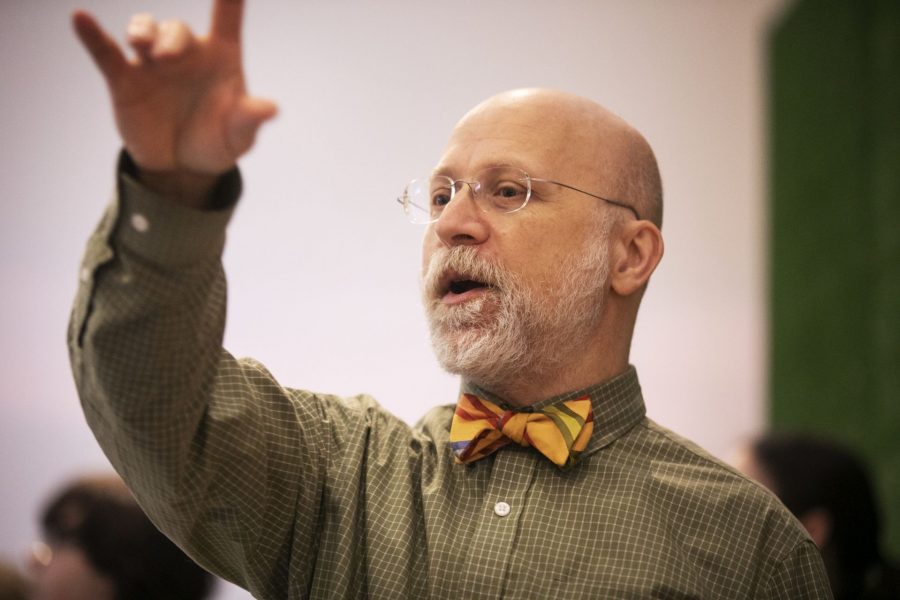
The museum’s Education Curator can help you learn about what collections, exhibitions, and events might be relevant to your courses and research. Email or call 207-786-8302 with any questions about using the museum.